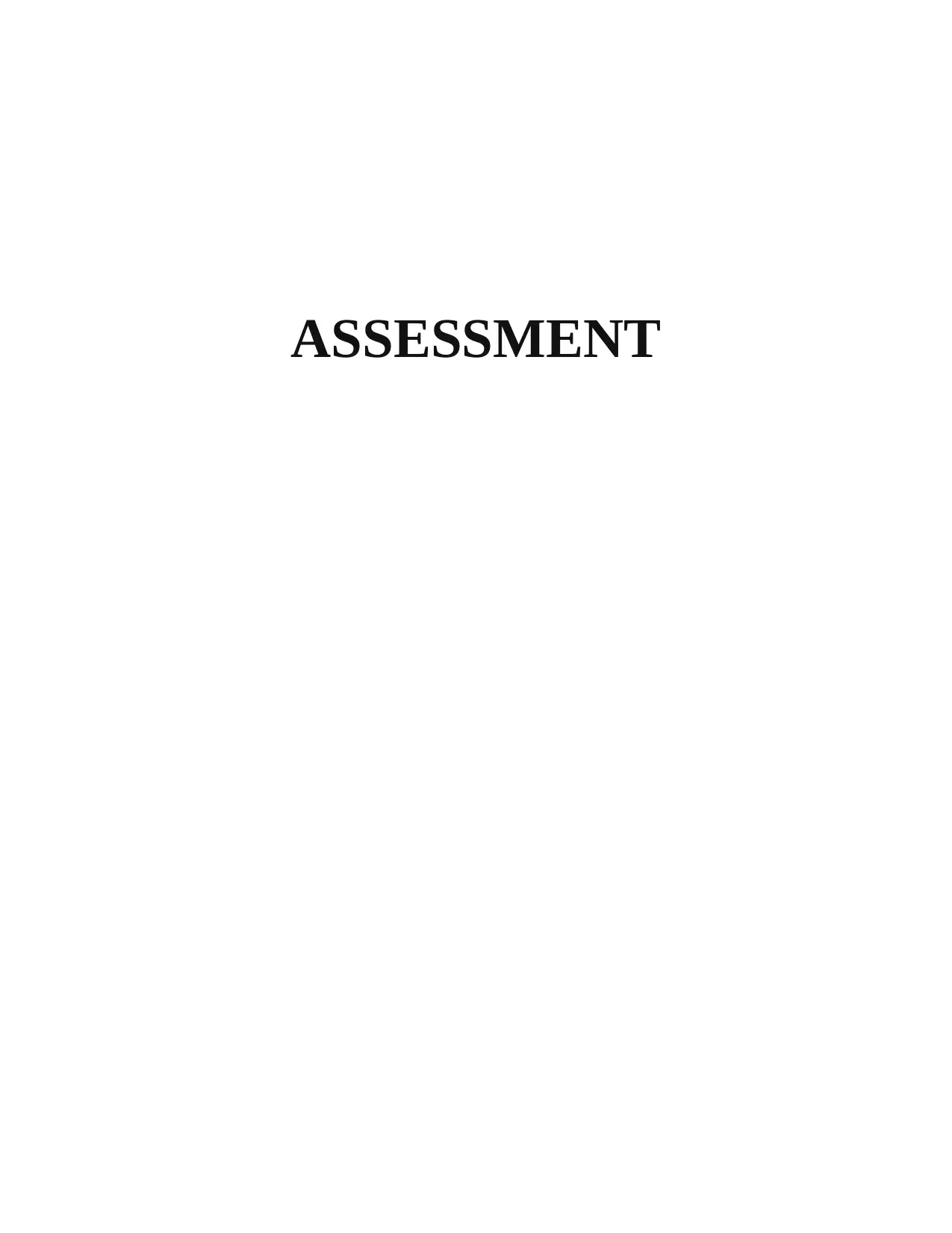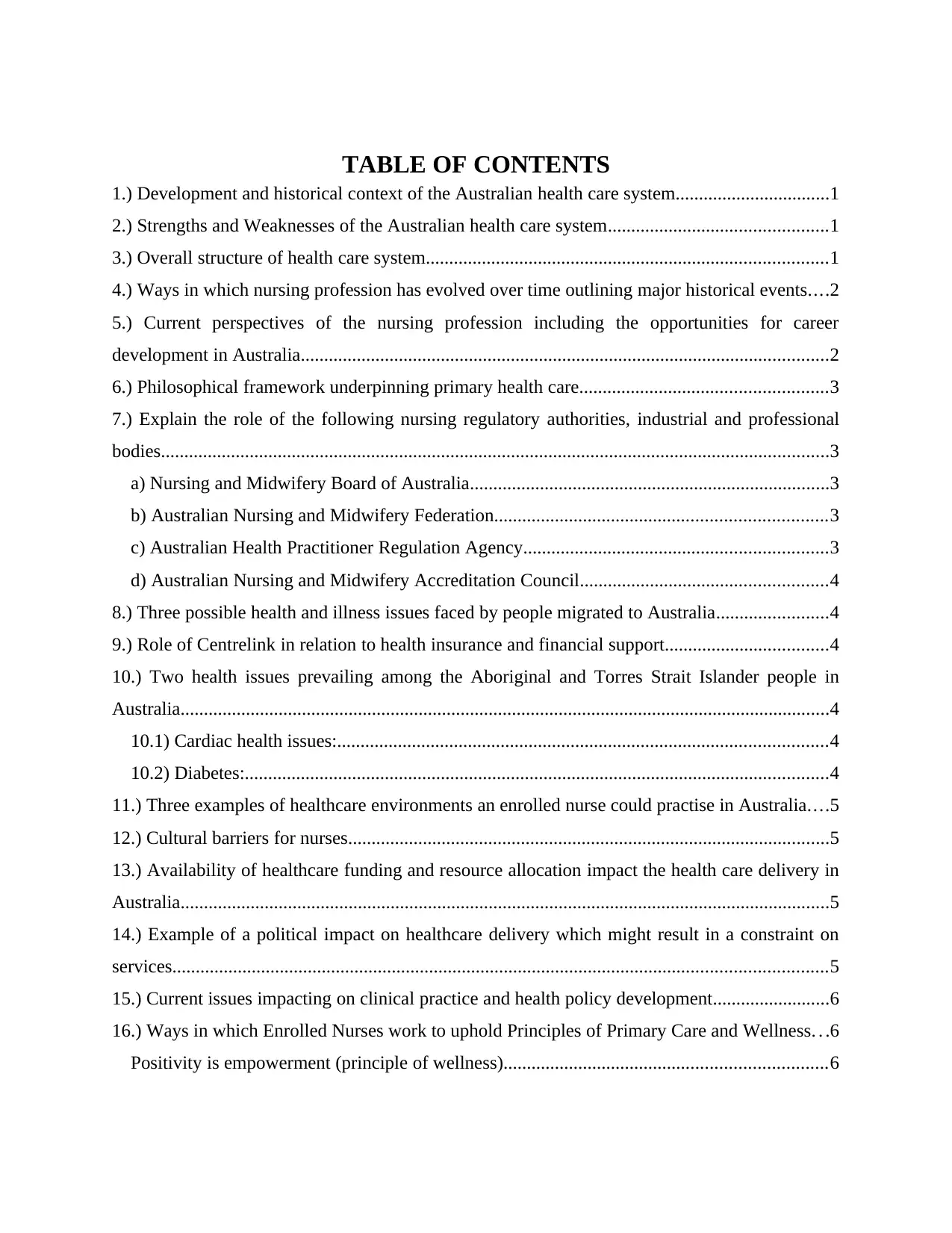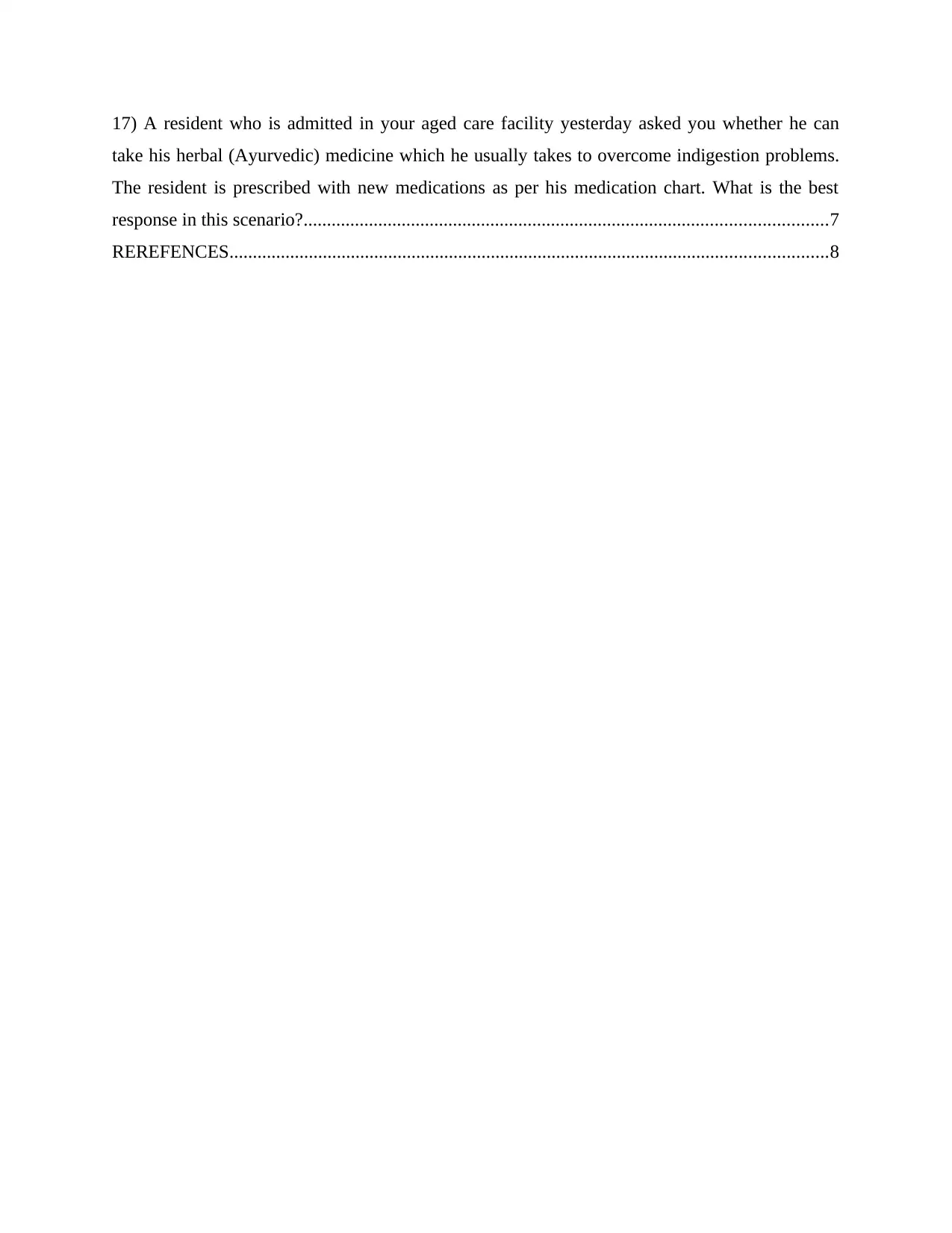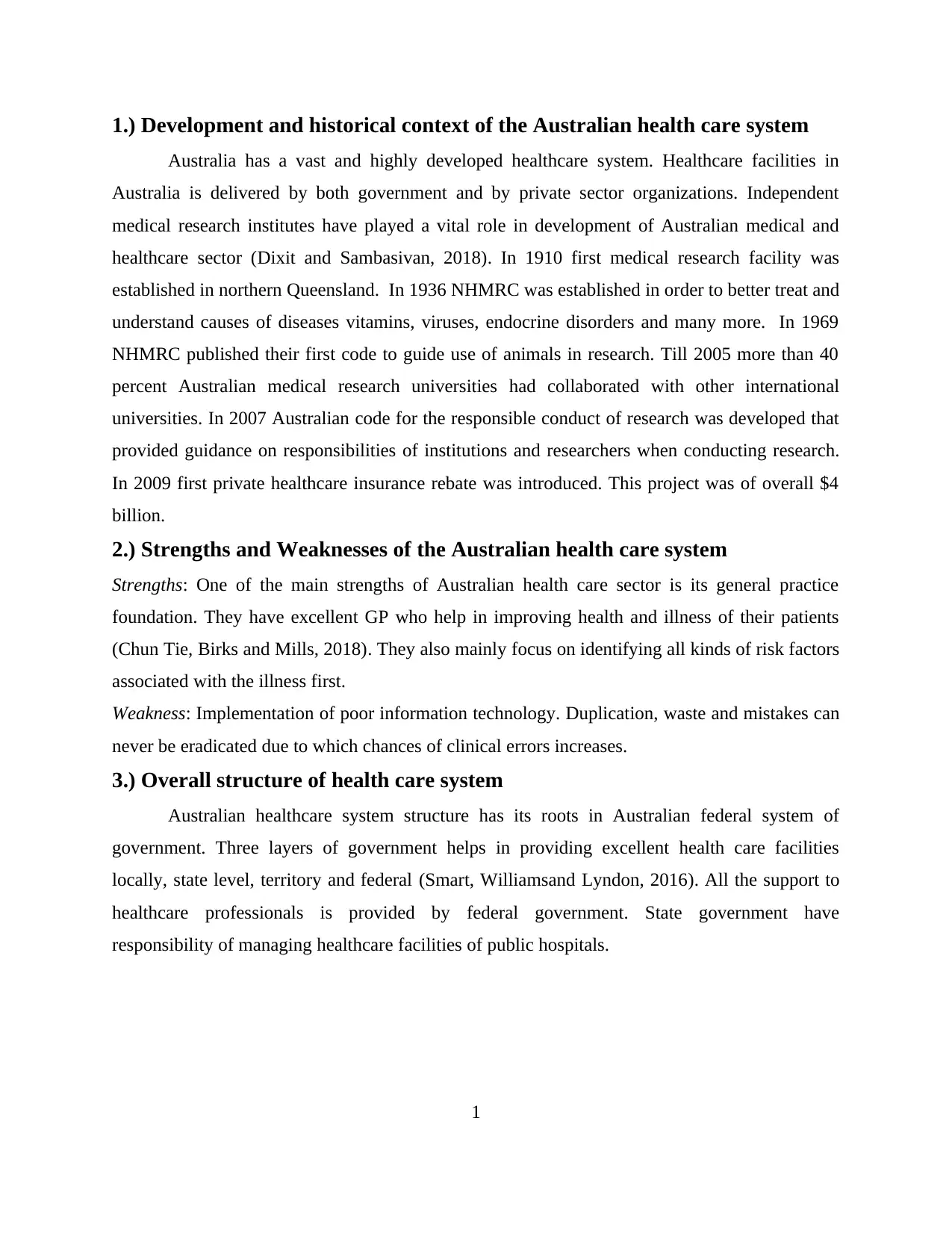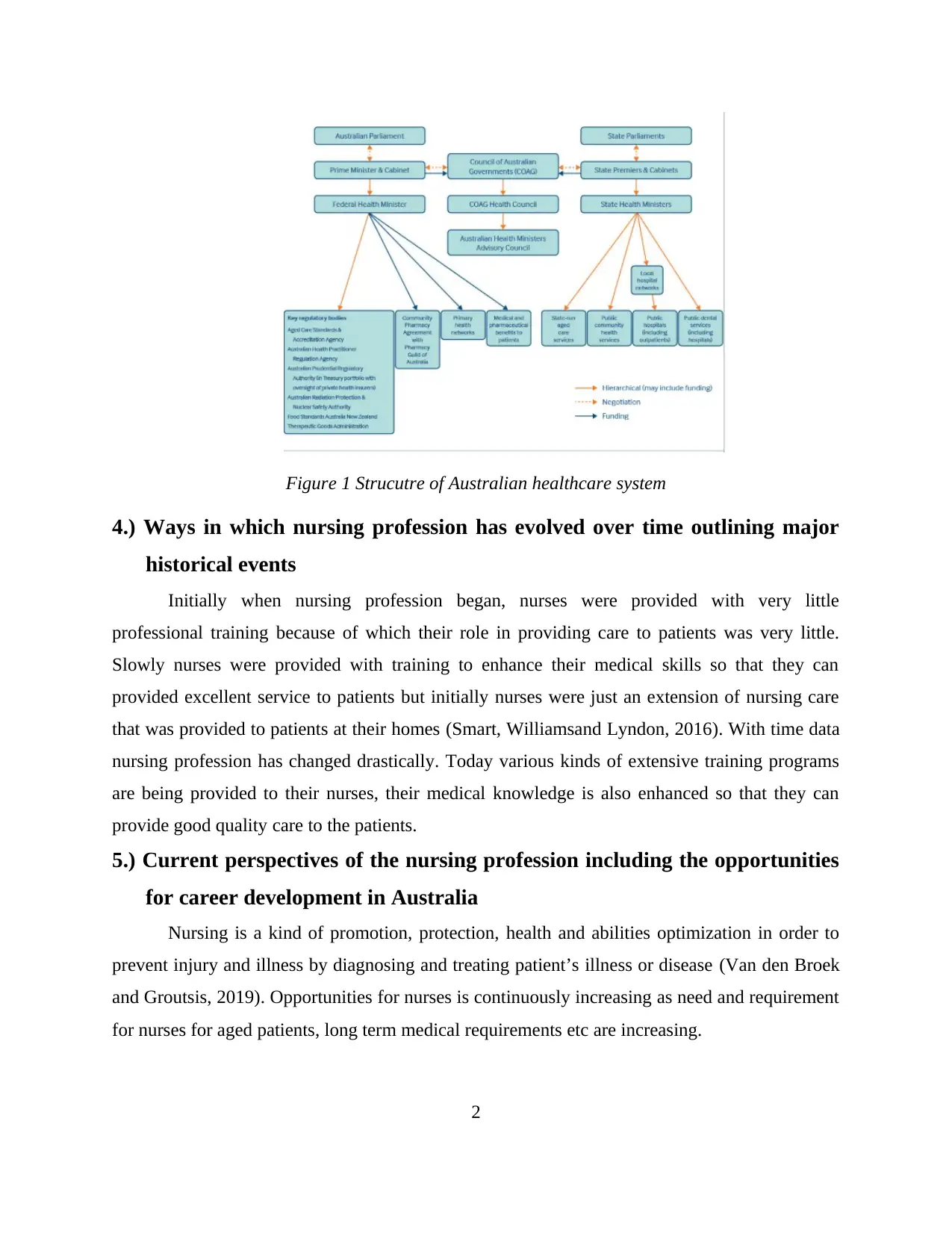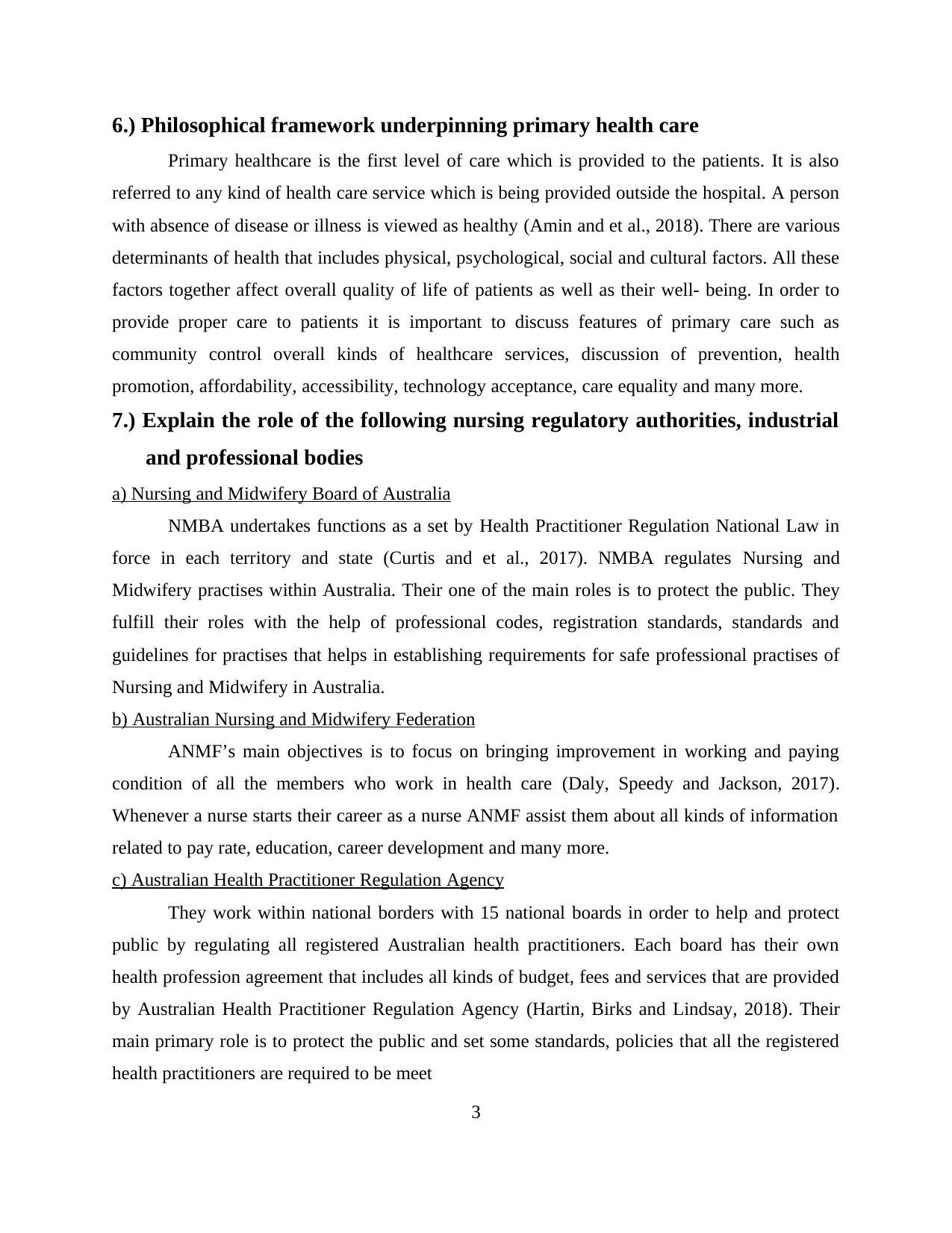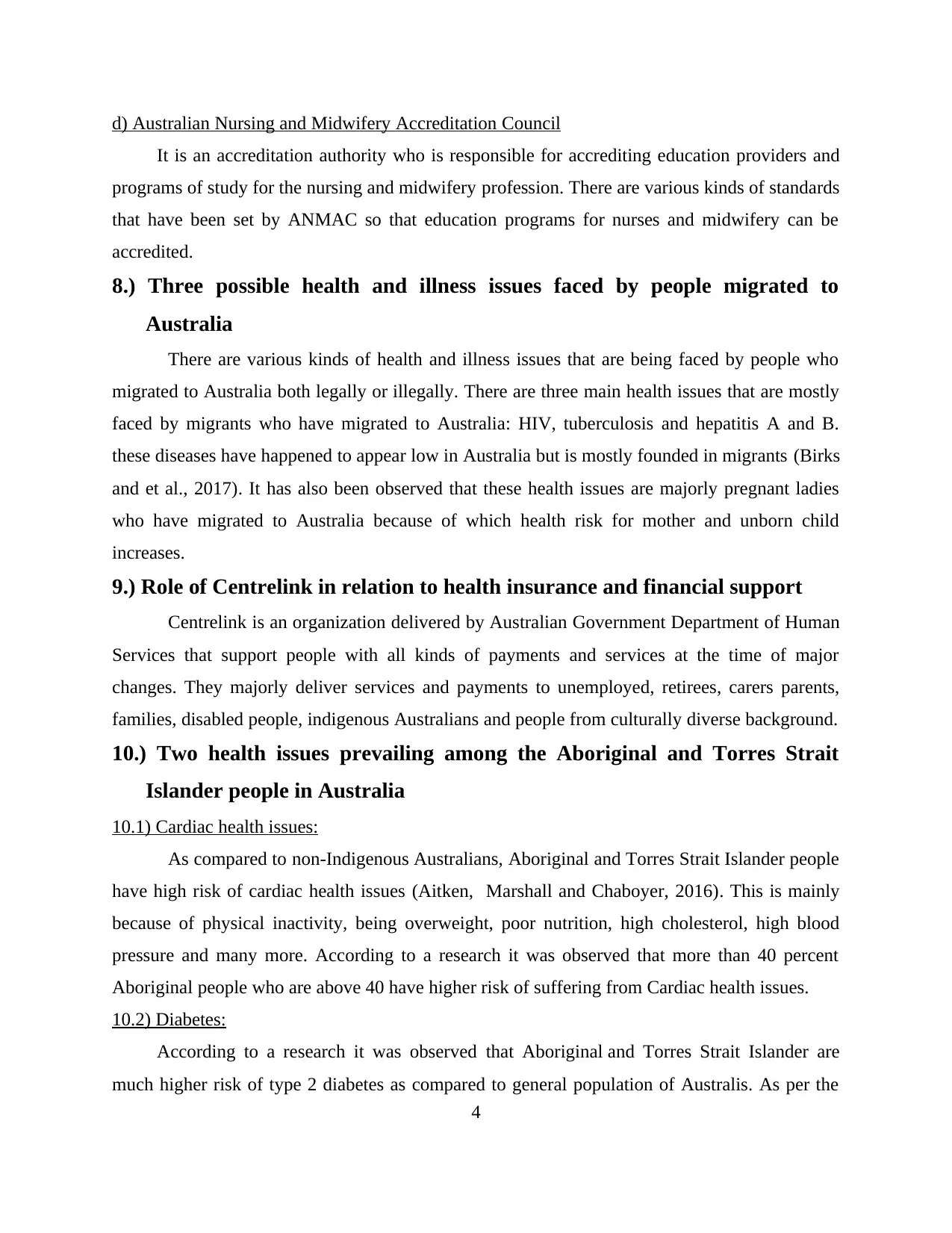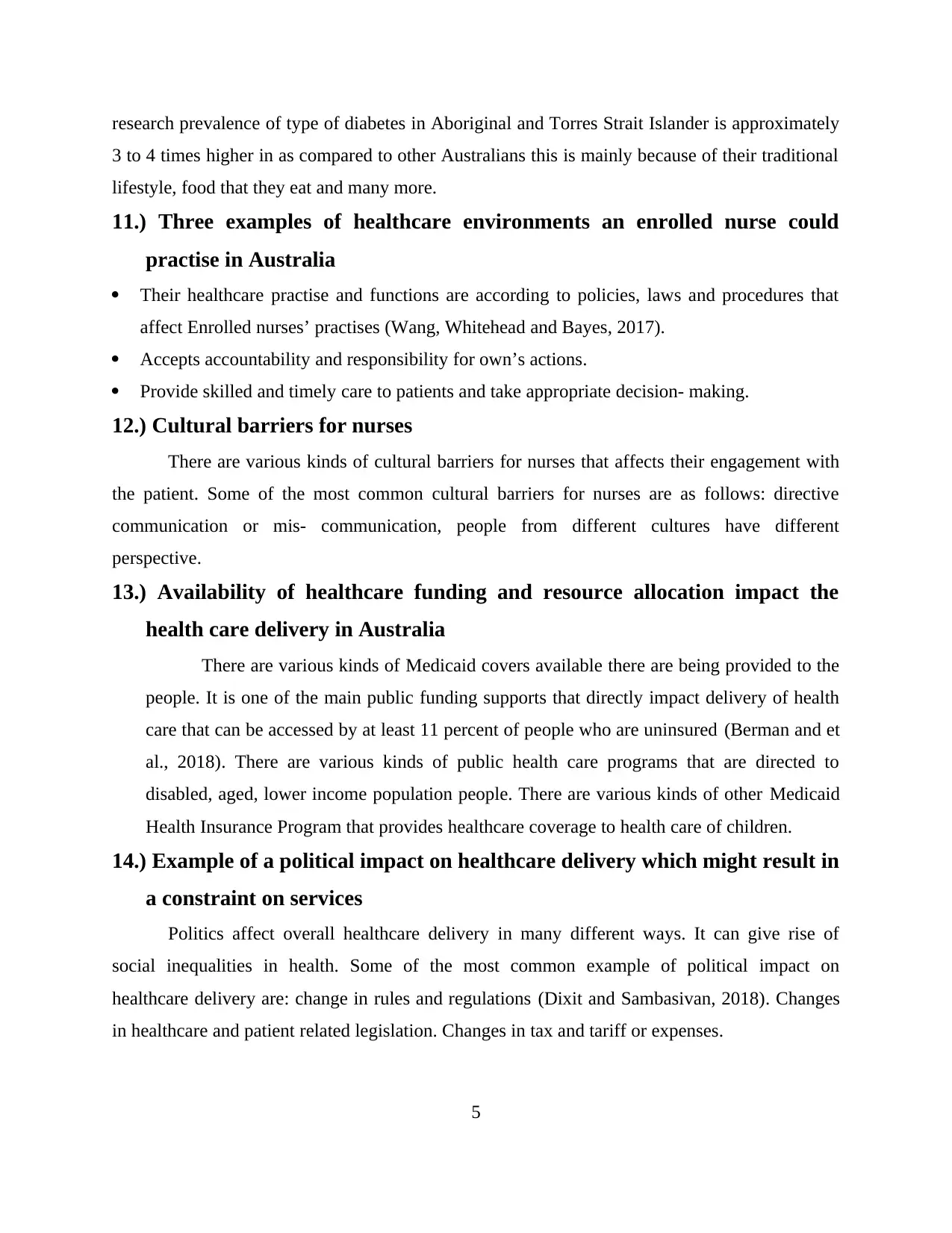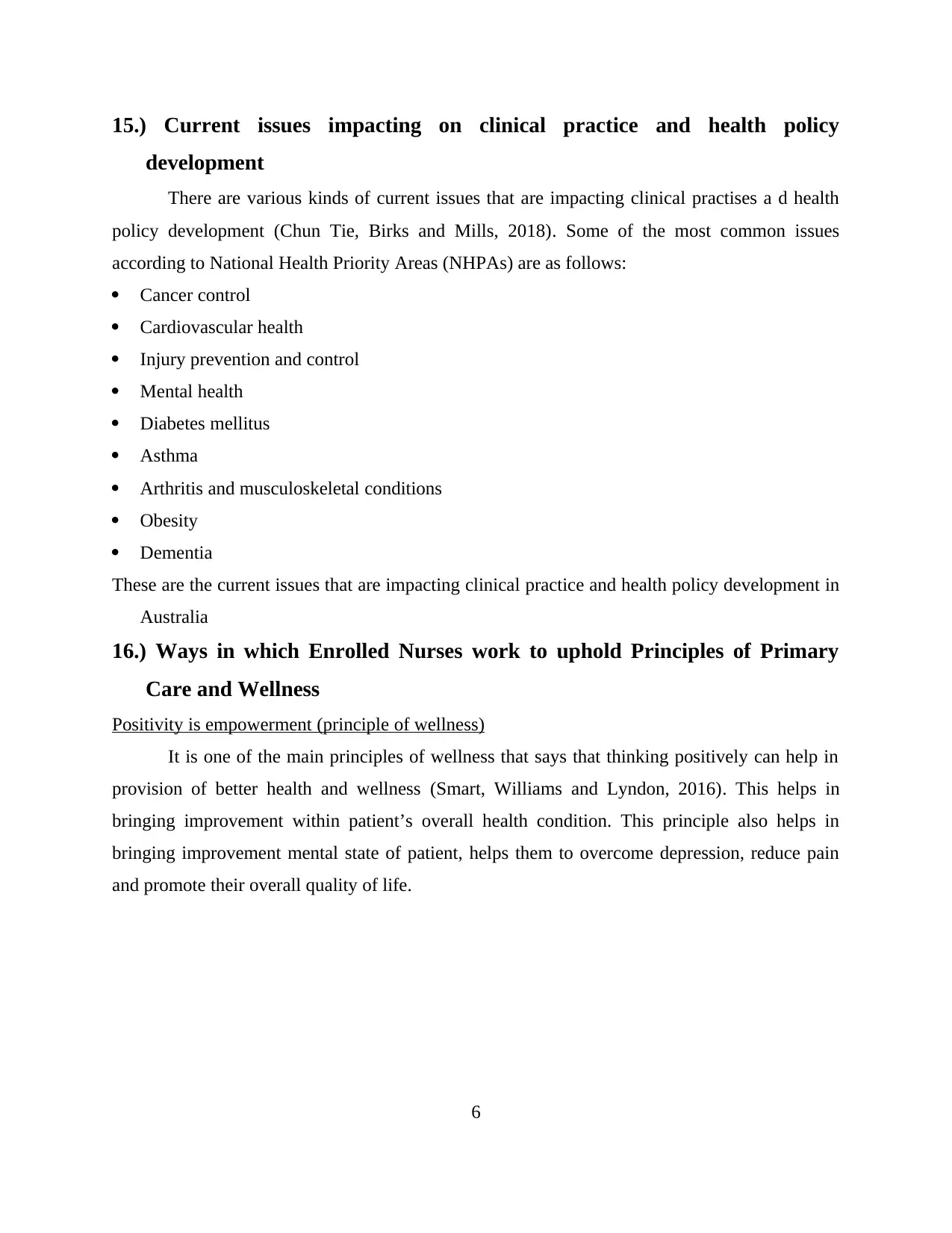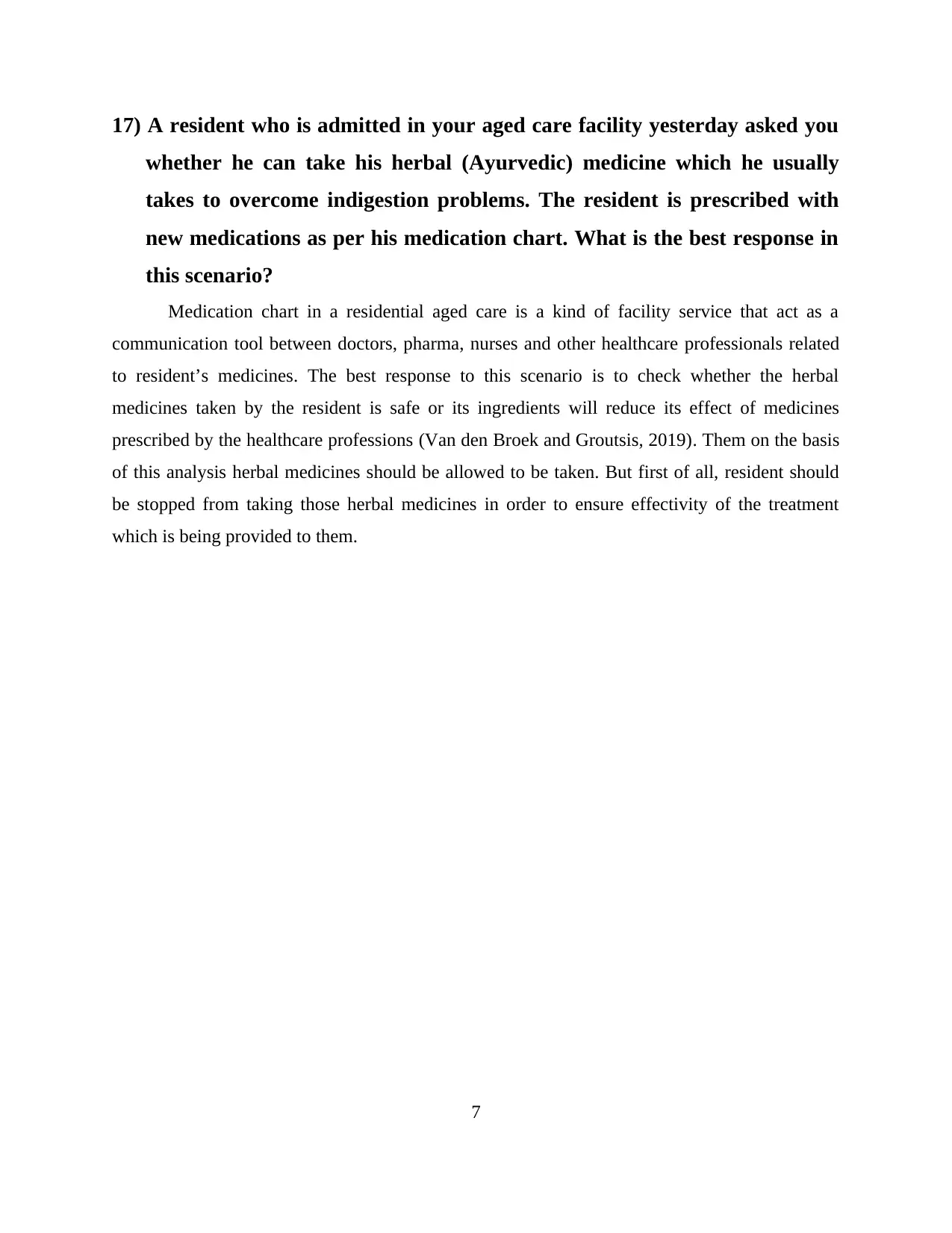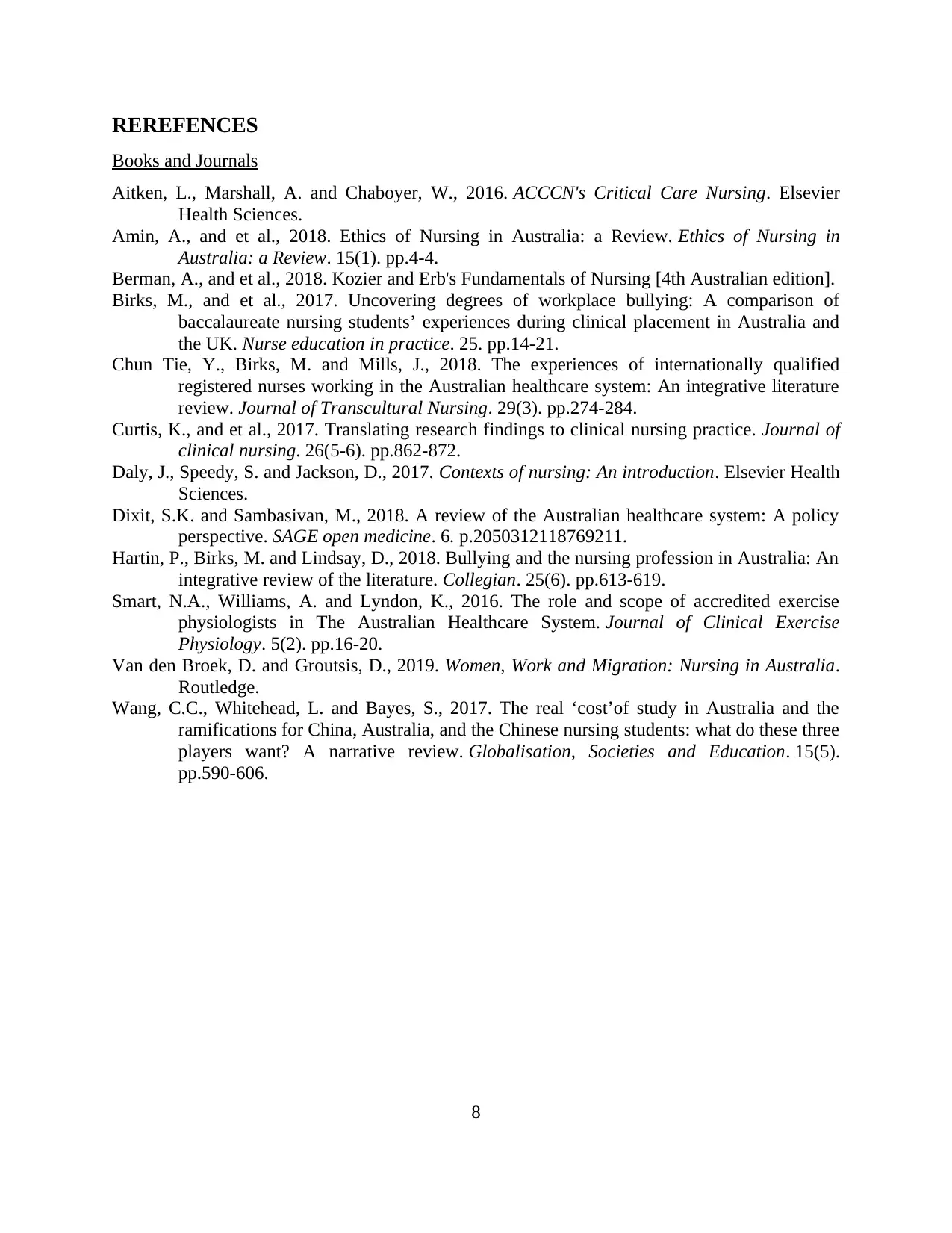This document provides an overview of the development and historical context of the Australian healthcare system. It discusses the strengths and weaknesses of the system, the overall structure of healthcare, the evolution of the nursing profession, and current perspectives and opportunities for career development. It also explores the role of nursing regulatory authorities and the impact of cultural barriers on nursing practice. Additionally, it addresses health issues faced by migrants and the Aboriginal and Torres Strait Islander people in Australia. The document concludes with a discussion on the impact of healthcare funding and resource allocation, political influences on healthcare delivery, and current issues impacting clinical practice and health policy development.
![[object Object]](/_next/static/media/star-bottom.7253800d.svg)
![[object Object]](/_next/static/media/star-bottom.7253800d.svg)
